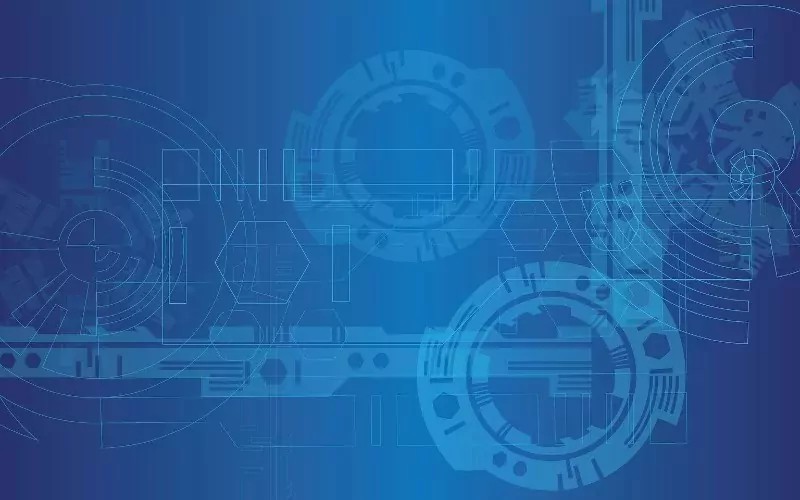In today’s fast-paced digital world, integrating technology with business operations is imperative for success.
While technology provides efficiency, the synergy between innovation and human insight is crucial for a thriving workplace.
The Evolving Role of Technology in Business
In the dawn of the digital era, the infusion of technology into business operations has become not only unavoidable but essential. The transformation is evident in how technology support is gradually substituting traditional roles—such as receptionists—with more automated solutions. This shift aims to enhance efficiency and enable businesses to meet modern demands effectively.
With constant advancements, it is crucial for business environments to remain agile, adapting swiftly to technological changes. The key to achieving seamless integration lies not just in the adoption of new tools but also in designing workplaces that support such innovations. This perspective is becoming increasingly vital as organisations strive to stay ahead in the competitive market.
Designing for the Future: The Case of KPMG
The design initiative at KPMG exemplifies how a corporation can position itself at the forefront of tech-enabled workplaces. By integrating its technology team into the design process at ID:SR, KPMG has embraced a forward-thinking approach. This collaboration ensured tech-readiness from design to execution, reflecting a strategic vision for future workspaces.
Such environments promote flexibility and innovation, offering open-plan offices that encourage collaboration at all levels. Features like breakout meeting zones and quiet study areas are designed to cater to diverse work requirements, while robust connectivity allows personal devices to seamlessly interact with building systems.
KPMG’s approach highlights a progressive shift towards inclusivity in design—every floor and space is considered in terms of tech compatibility, ensuring a cohesive work experience. By fostering an environment adaptable to both current and emerging technologies, KPMG sets a precedent for future developments.
Health, Well-being, and Sustainability in Workplace Design
The modern workplace is increasingly centred around the concept of well-being. Employers now recognise the benefits a healthy working environment offers, prioritising features that nourish this holistic vision from the outset.
Sustainability remains a pivotal focus, with many organisations working to integrate elements that support environmental goals. This includes monitoring systems for energy performance, highlighting a commitment to reducing carbon footprints.
The WELL Building Standard serves as a quantifiable guideline, encouraging elements like natural light and flexible workstations. Such features not only enhance employee satisfaction but are instrumental in fostering a sustainable and productive work environment.
By incorporating aspects like relaxation spaces with Zen lighting, companies are ensuring their employees have access to much-needed breaks from screen time, promoting both mental health and productivity.
Flexibility and Connectivity: Meeting the Needs of a Dynamic Workforce
Technological advancements have revolutionised the global workforce, demanding flexible yet interconnected office designs. The concept of motorised walls exemplifies this need for adaptability, allowing spaces to transform according to varying demands.
Digital tools, such as room booking systems, facilitate efficient space management and seamless connectivity. Employees can now easily secure meeting spaces or join virtual collaborations, enhancing overall workflow.
Providing numerous support points throughout office spaces ensures immediate access to essential technological resources. Such provisions underscore the importance of preparedness in catering to an always-connected workforce.
The Rising Influence of Wearable Technology
Wearable technology is steadily embedding itself within workplace ecosystems. Devices that monitor physical activity, stress, and even happiness levels are becoming mainstream, reflecting a burgeoning trend in personal health management.
As these devices gain sophistication, they offer deeper insights into employee wellness and productivity. This data-centric approach empowers employers to tailor environments that cater to the specific needs and preferences of their staff.
The integration of wearable tech aligns with broader trends towards greater personalisation and data-driven decision-making, offering new pathways to optimise performance and well-being within the workplace.
Technology and People: A Balanced Equation
While technology stands as a crucial pillar in modern business architecture, it is imperative not to overlook the human element. Successful integration relies on the harmony between technological advancements and the workforce’s adaptability.
People remain central to implementing technological strategies, and their insights are invaluable in shaping environments where innovation thrives. This balance cultivates a workplace culture adept at navigating the fluid landscape of contemporary business practices.
By acknowledging the symbiotic relationship between technology and human input, businesses position themselves to harness the full potential of both forces, driving towards sustained success.
Anticipating Future Trends in Office Spaces
As the workplace continues to evolve, businesses must stay vigilant concerning emerging trends. Adopting a proactive stance on integration and innovation will be vital to future-proofing work environments.
The interplay between technological advancements and human creativity will forge paths to new opportunities, driving continued progress within industries.
Embracing both technology and human input is key to future-proofing businesses.
Achieving a harmonious balance ensures sustainable growth in evolving market landscapes.

